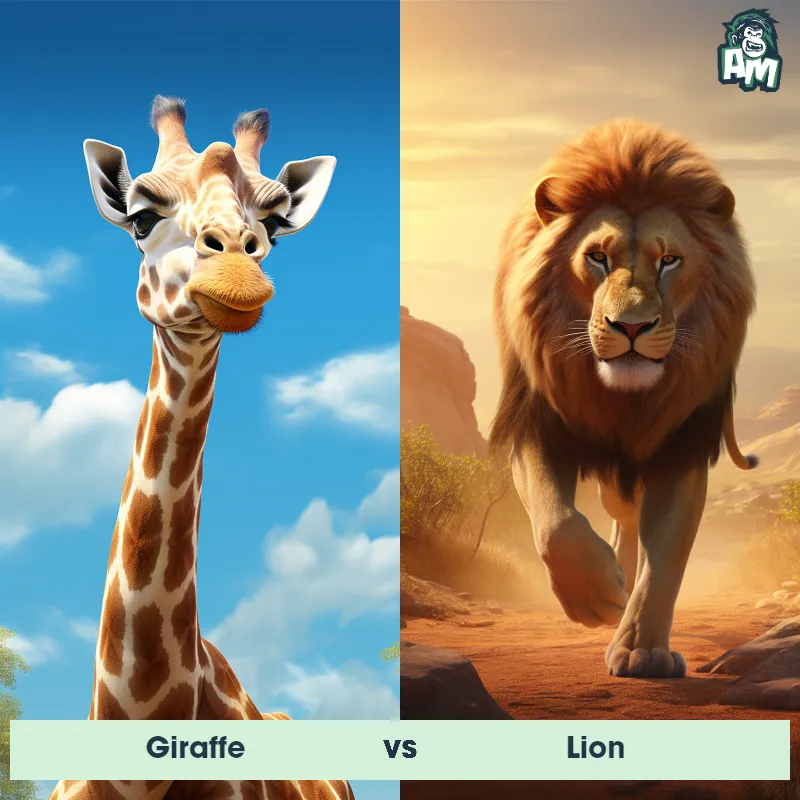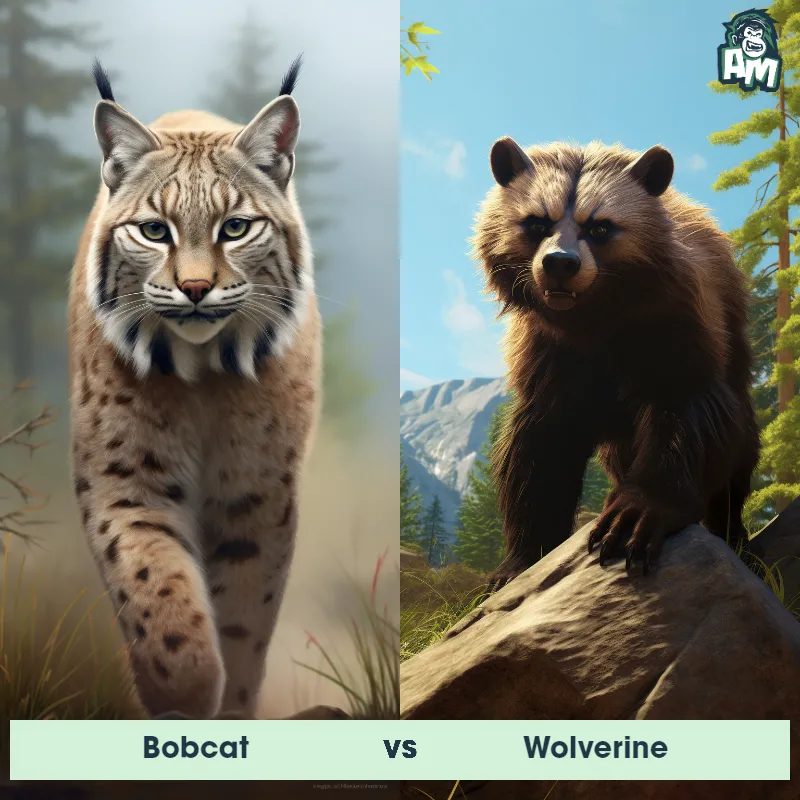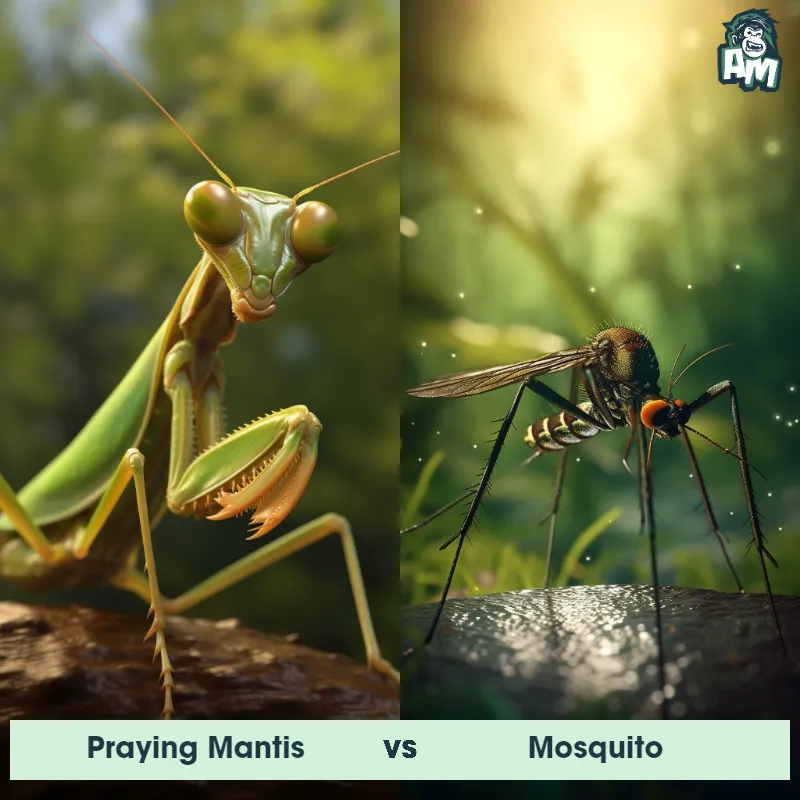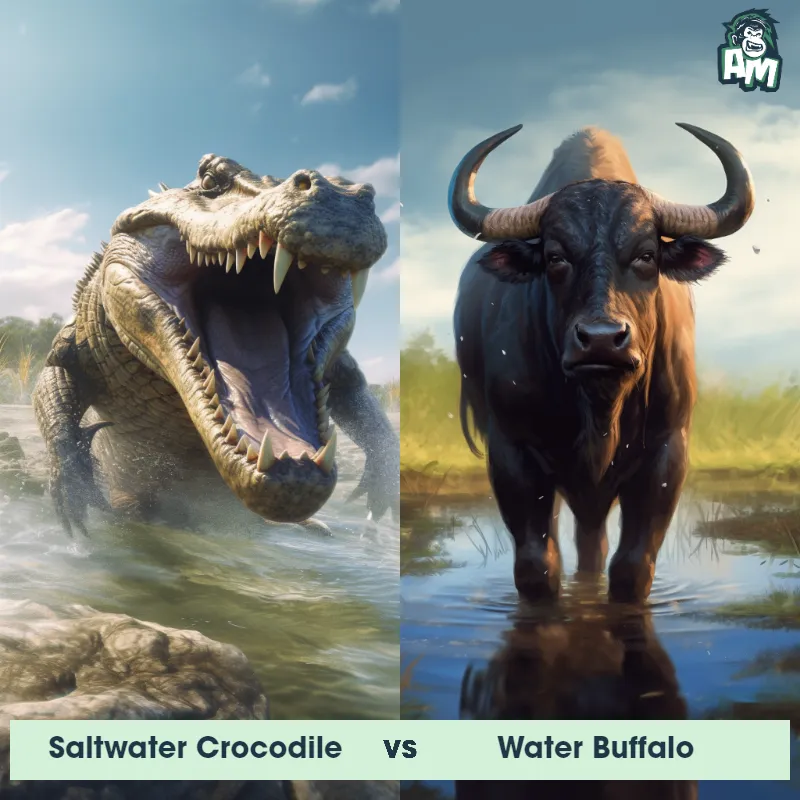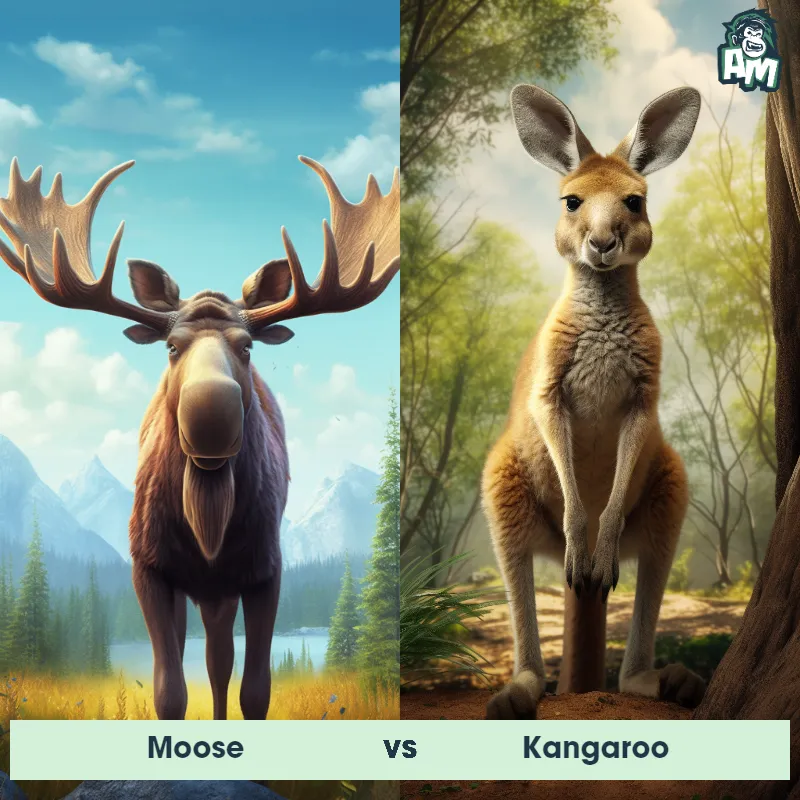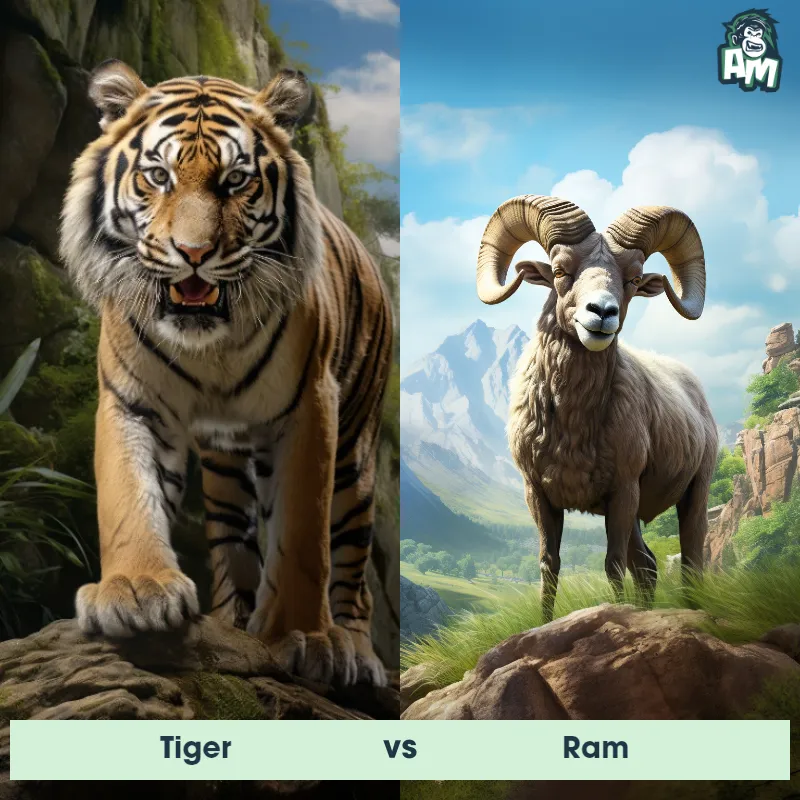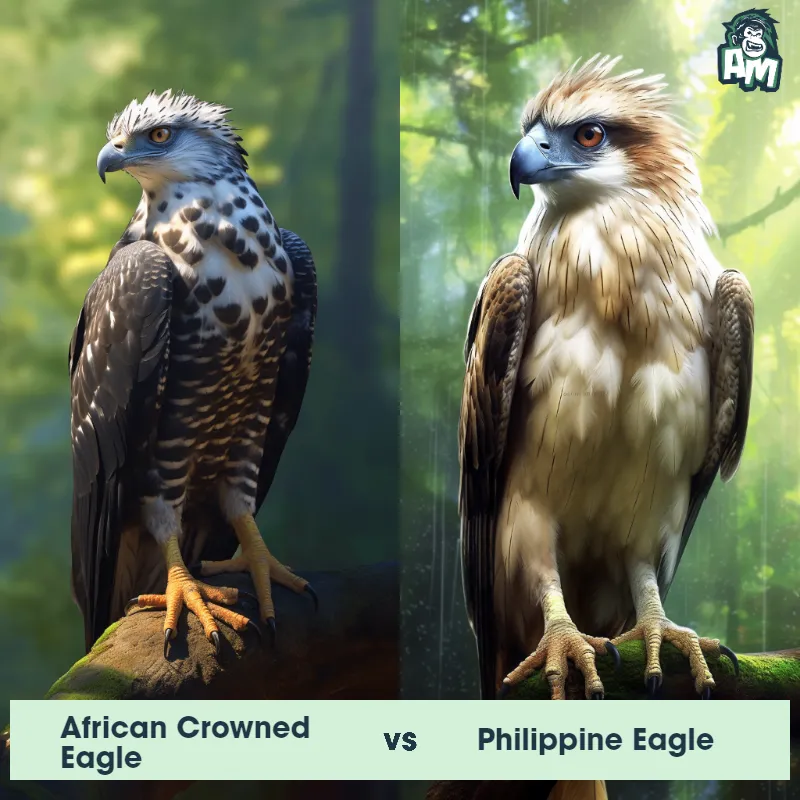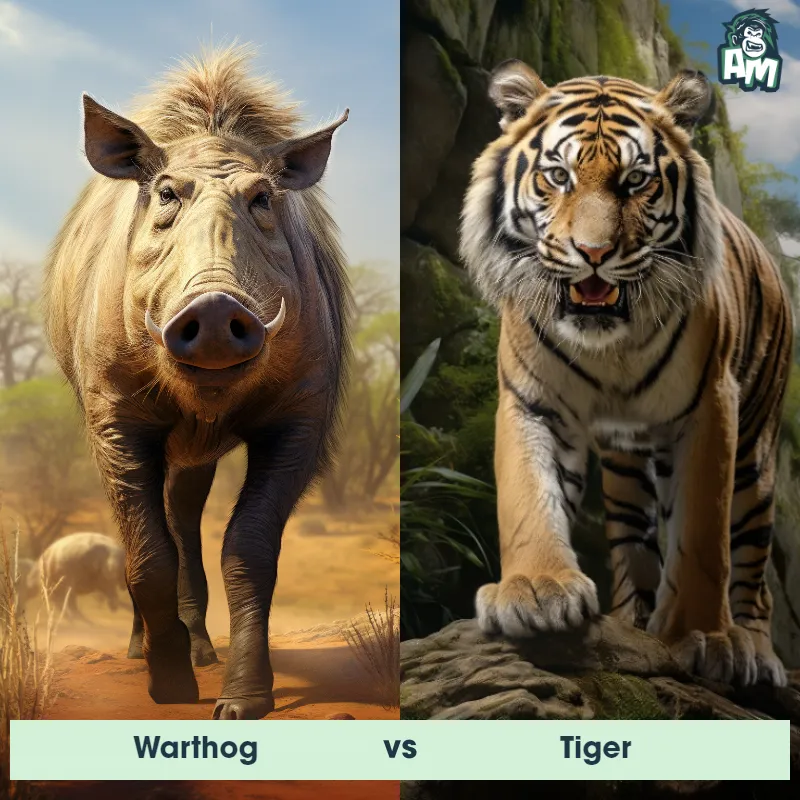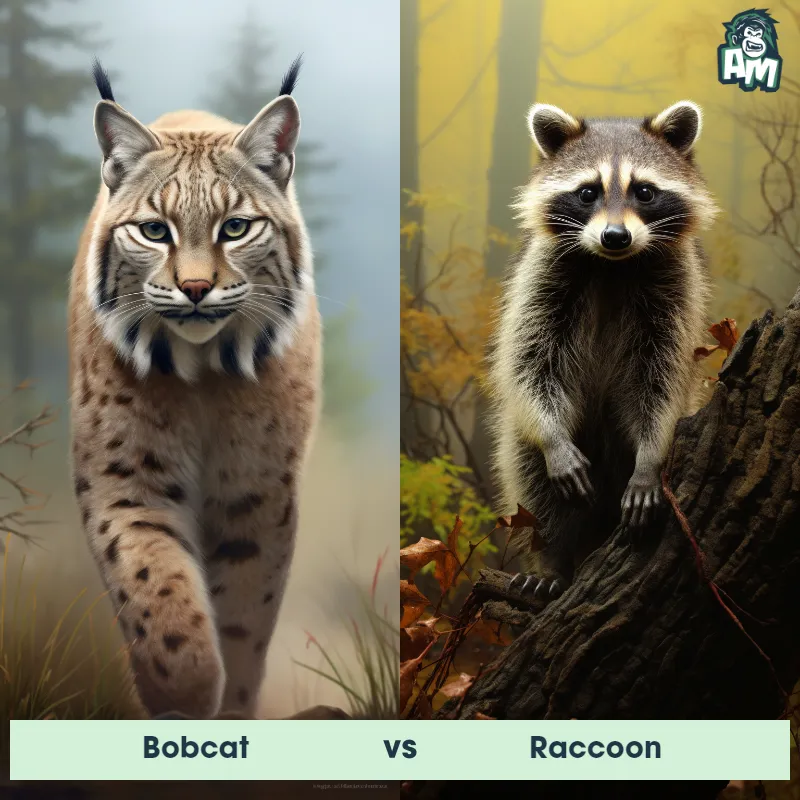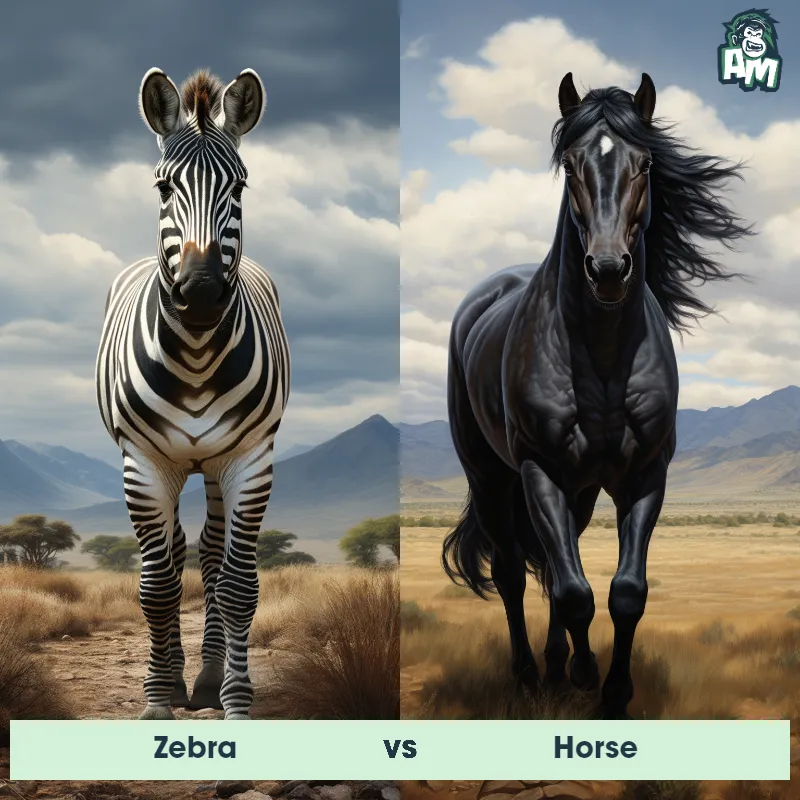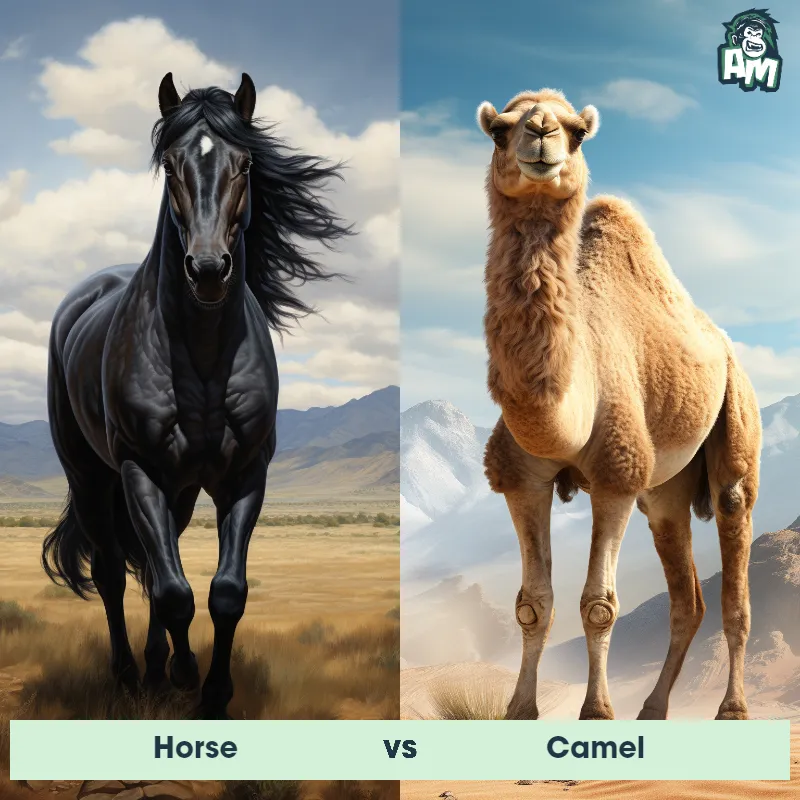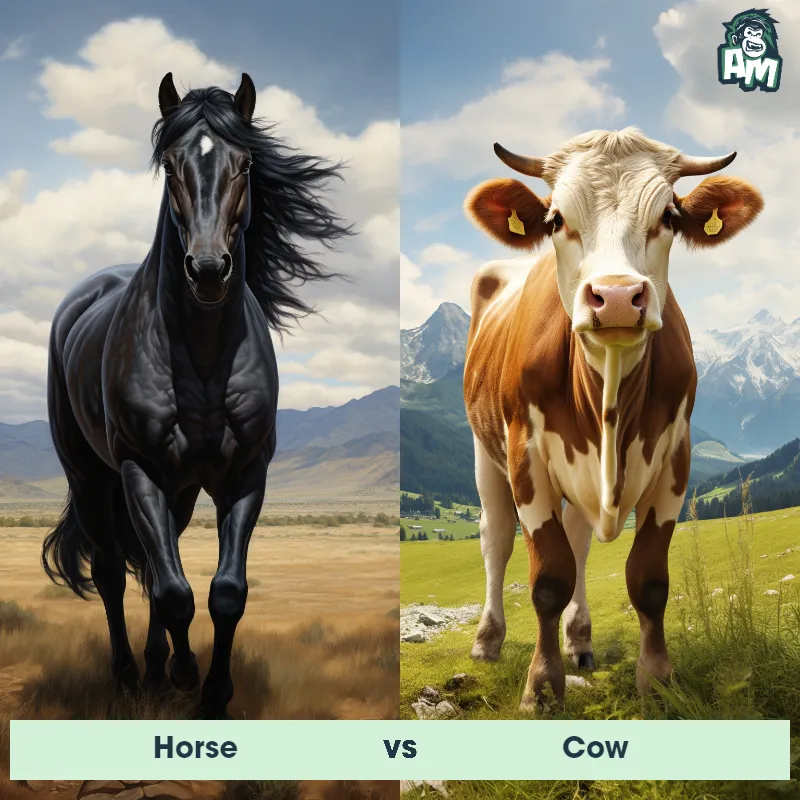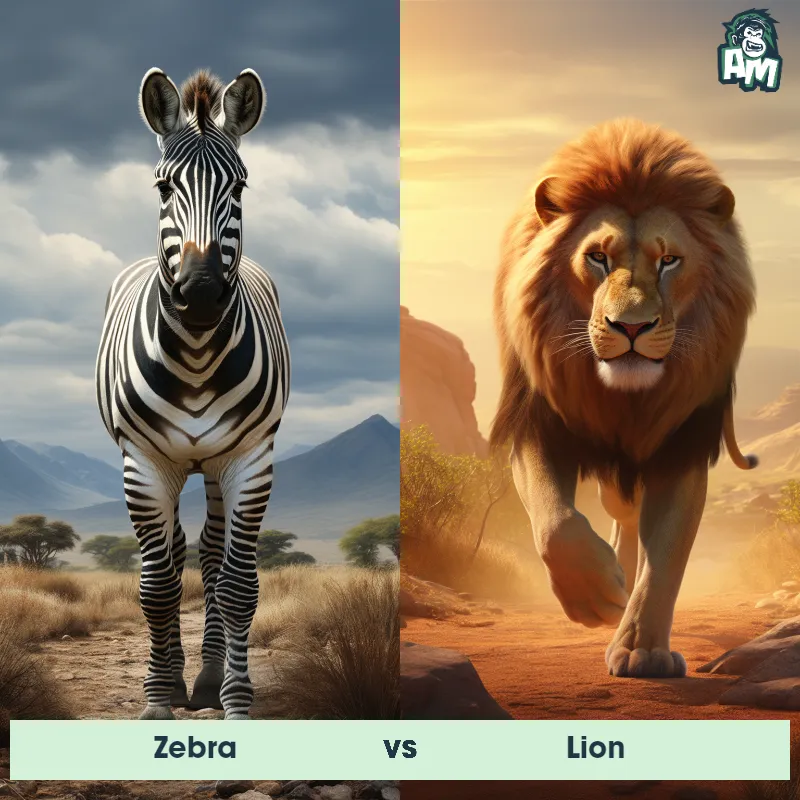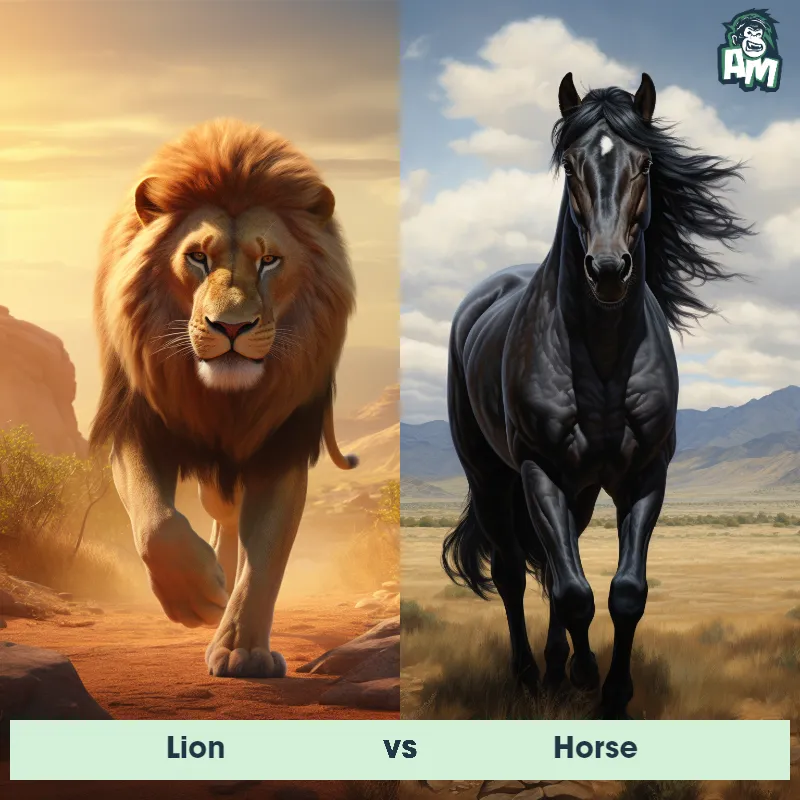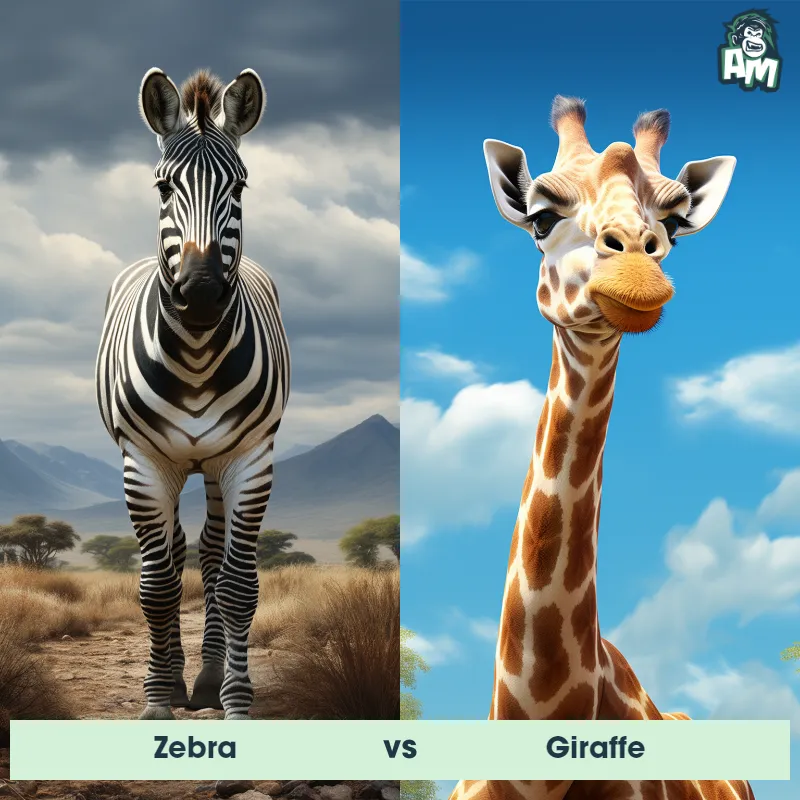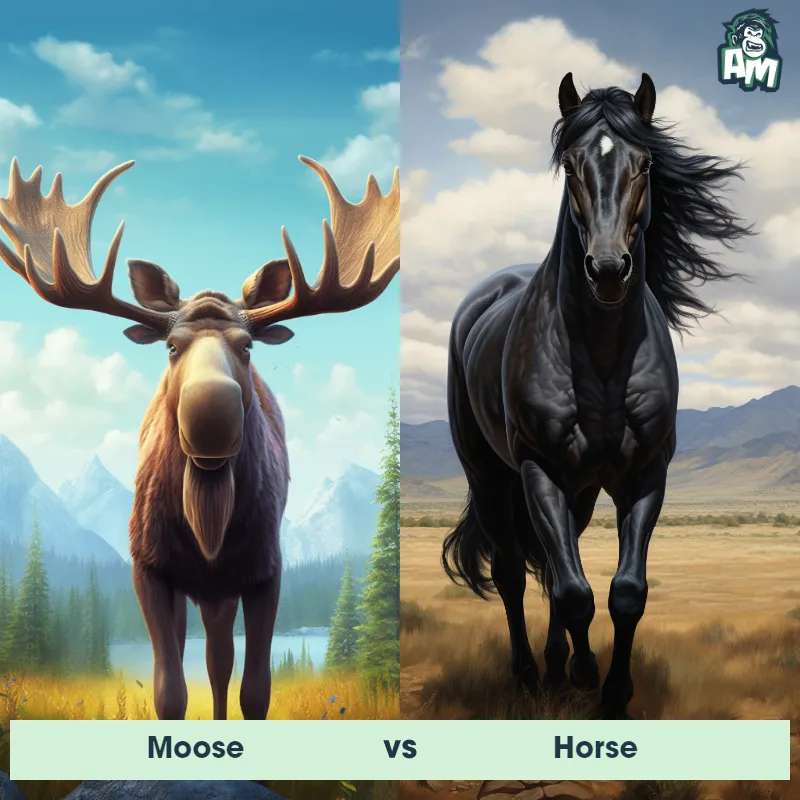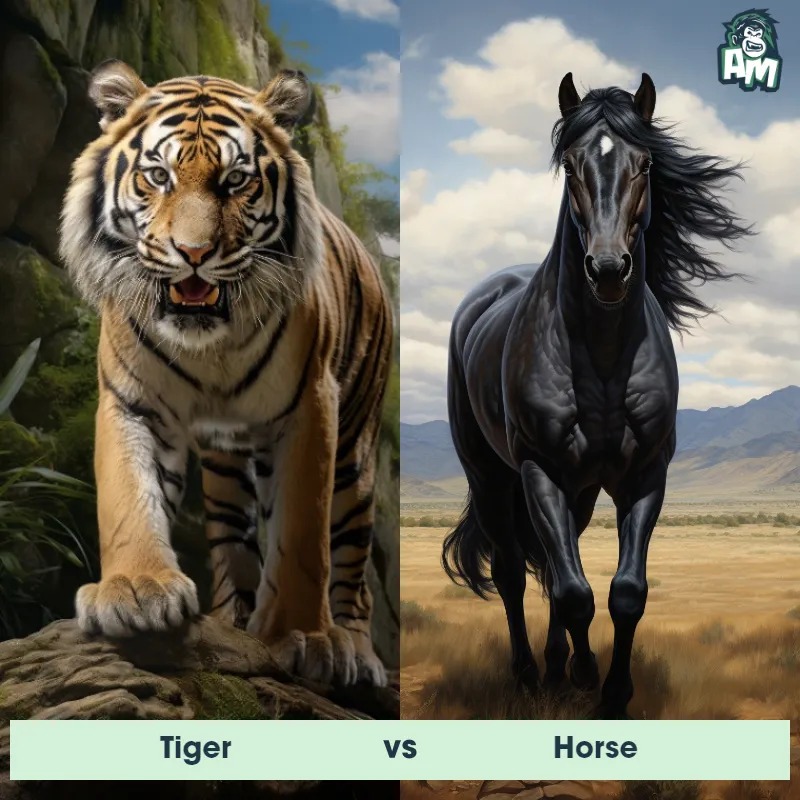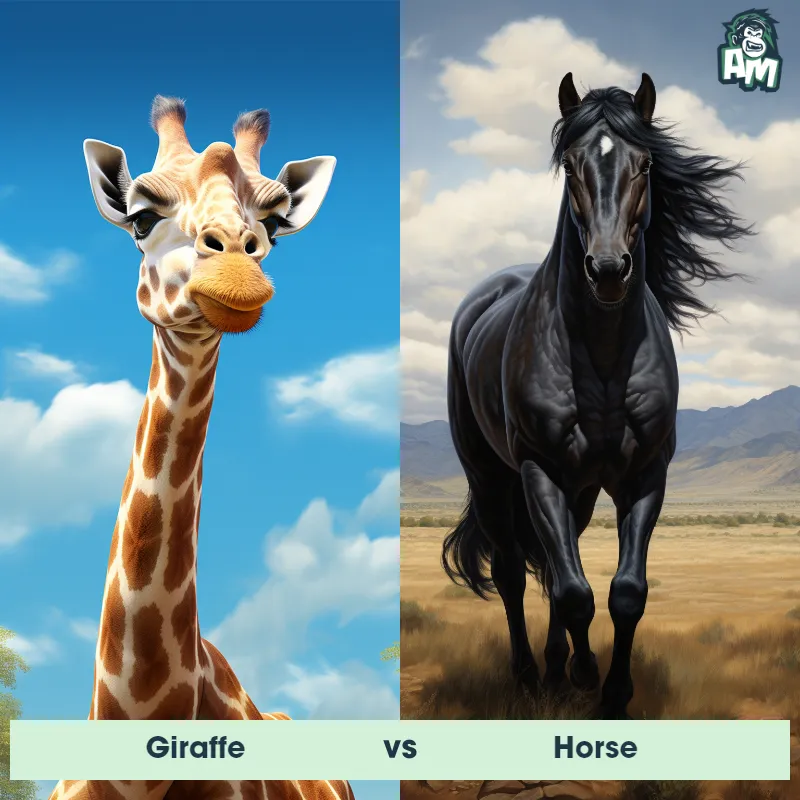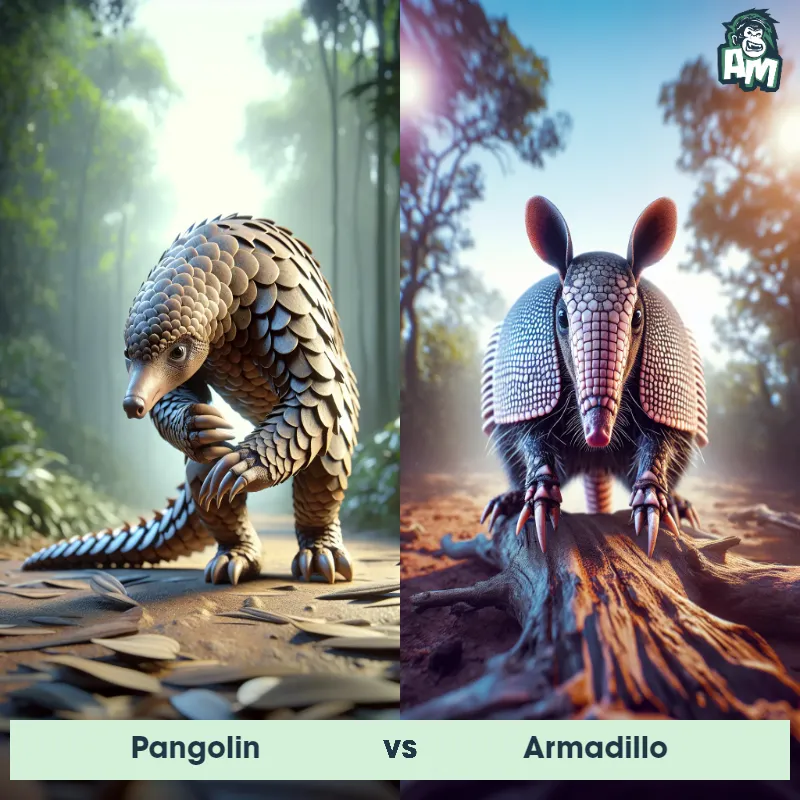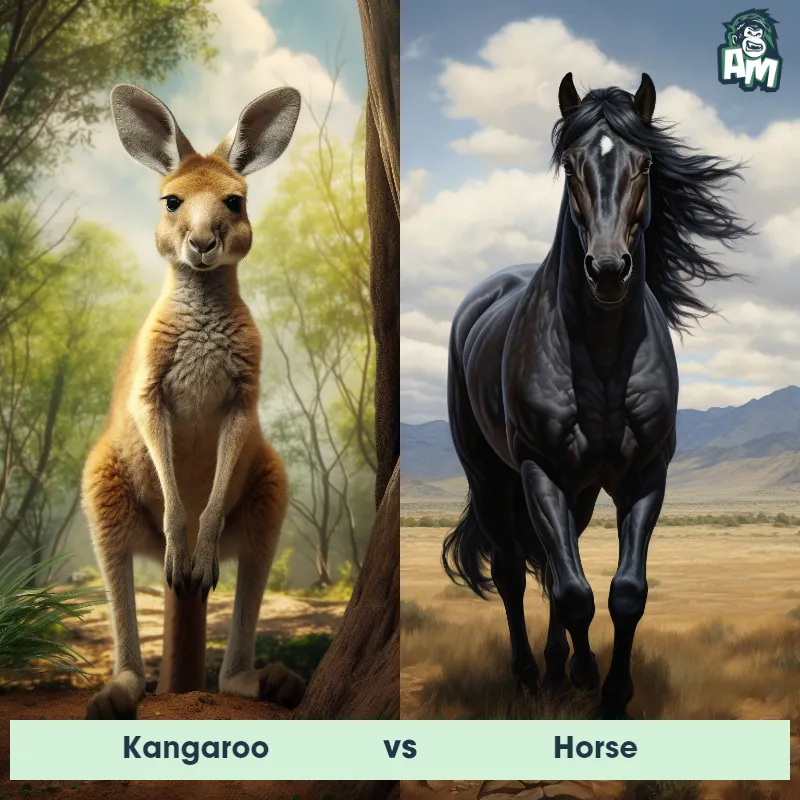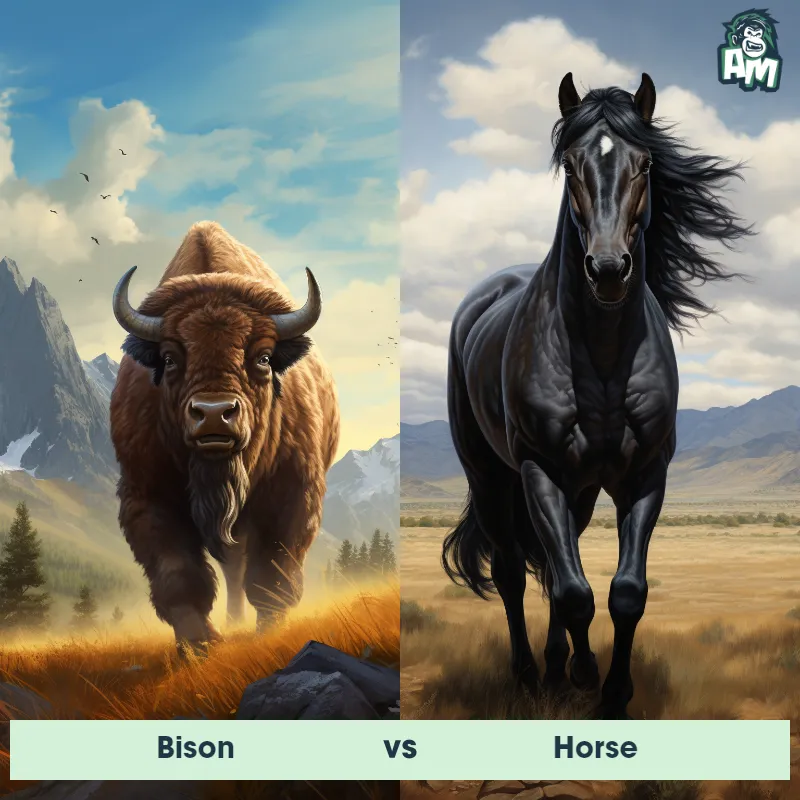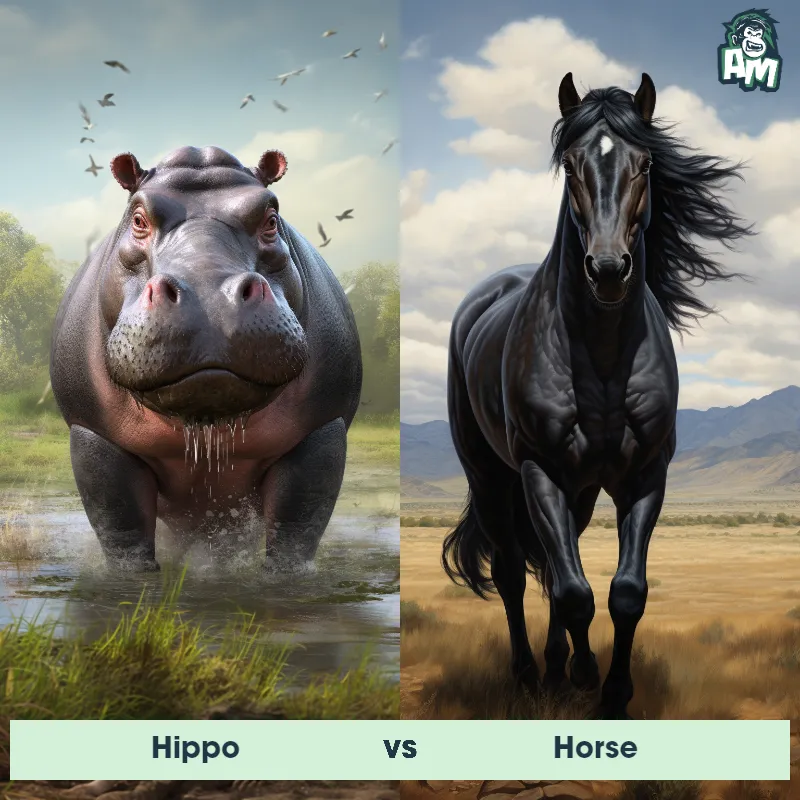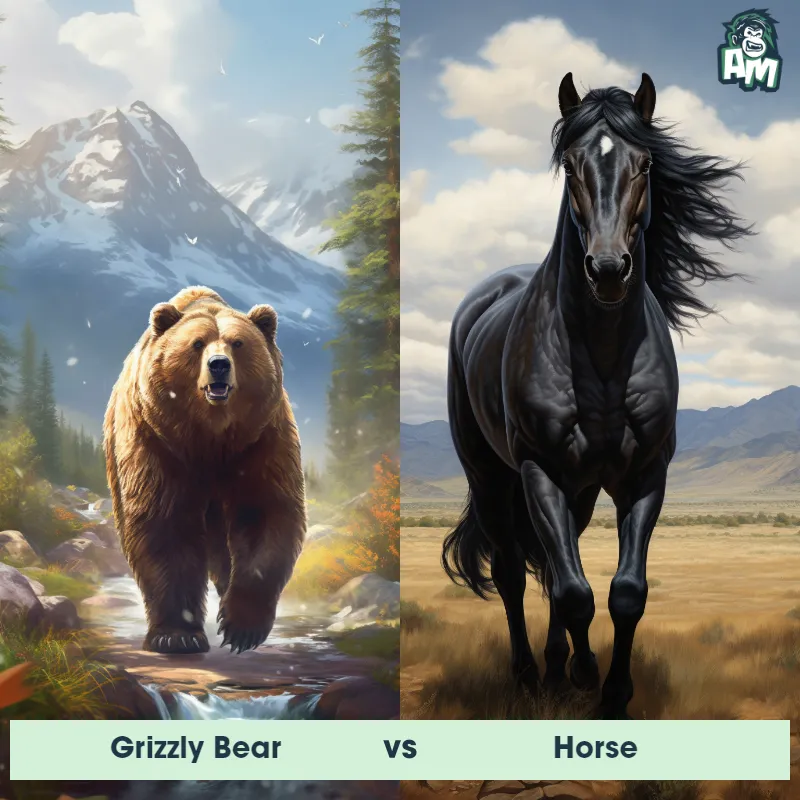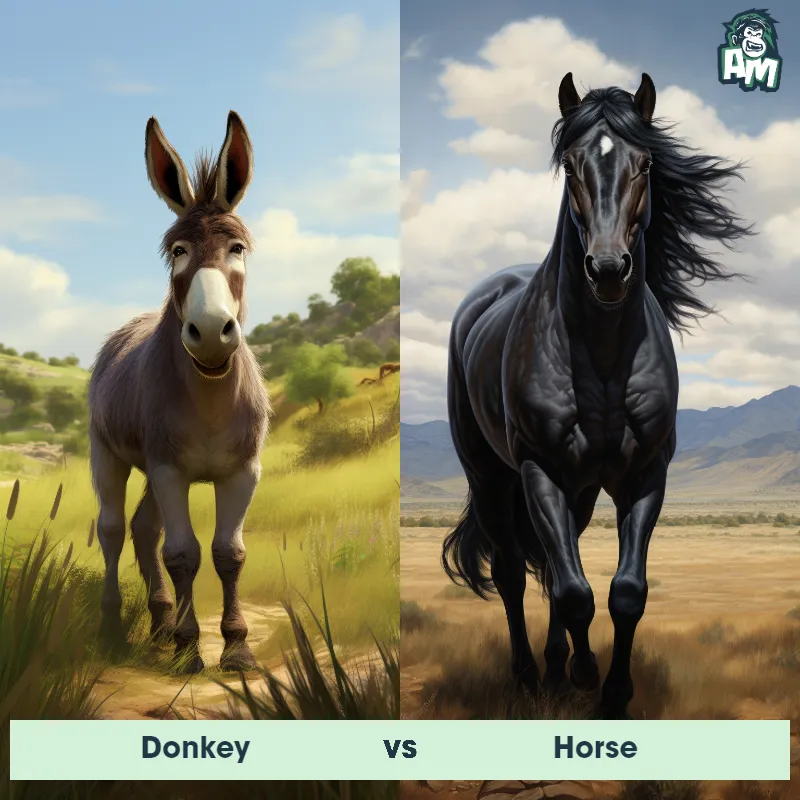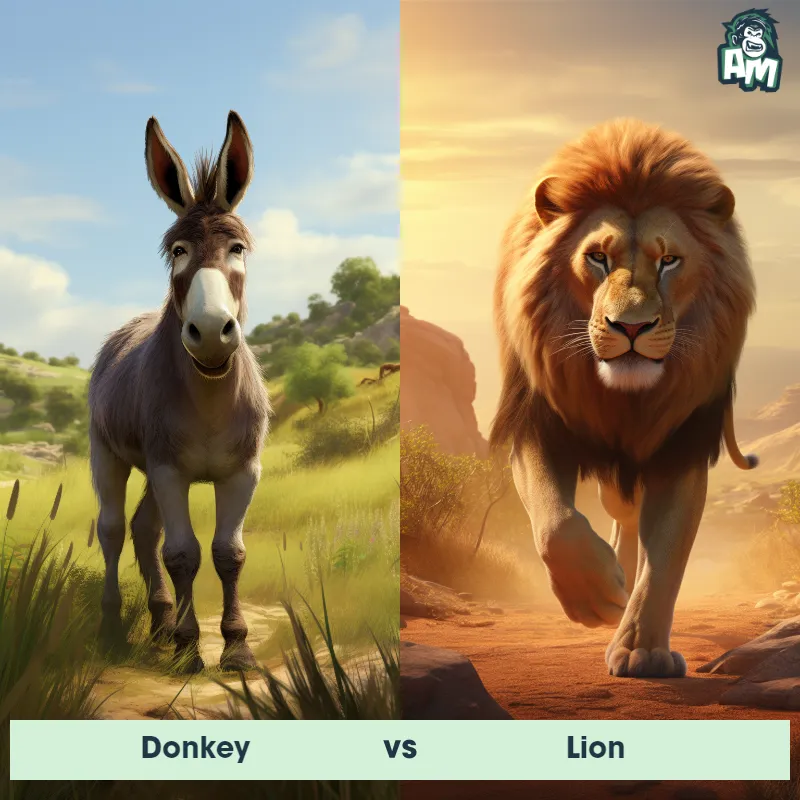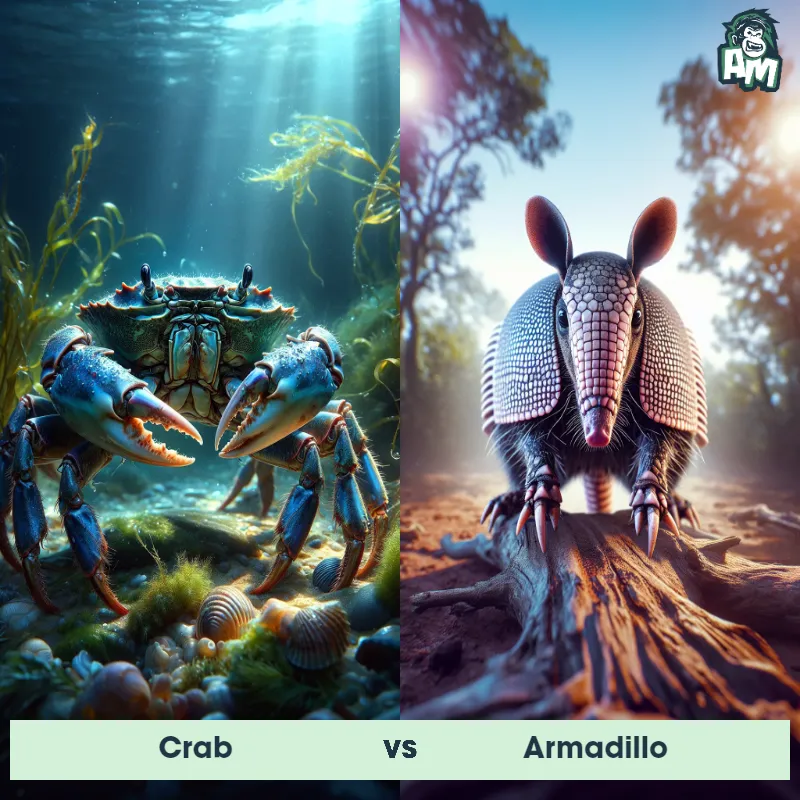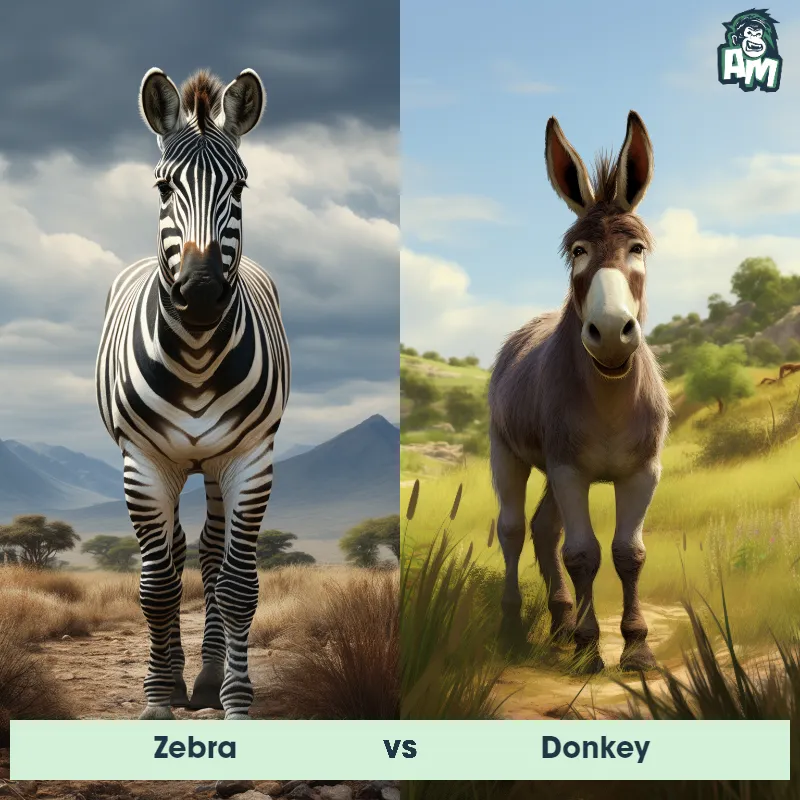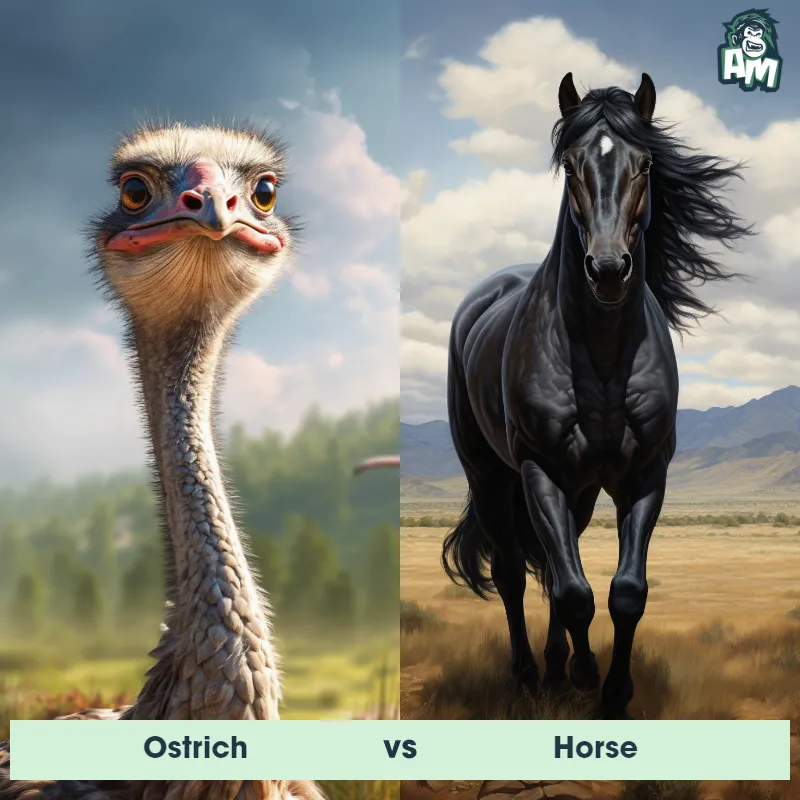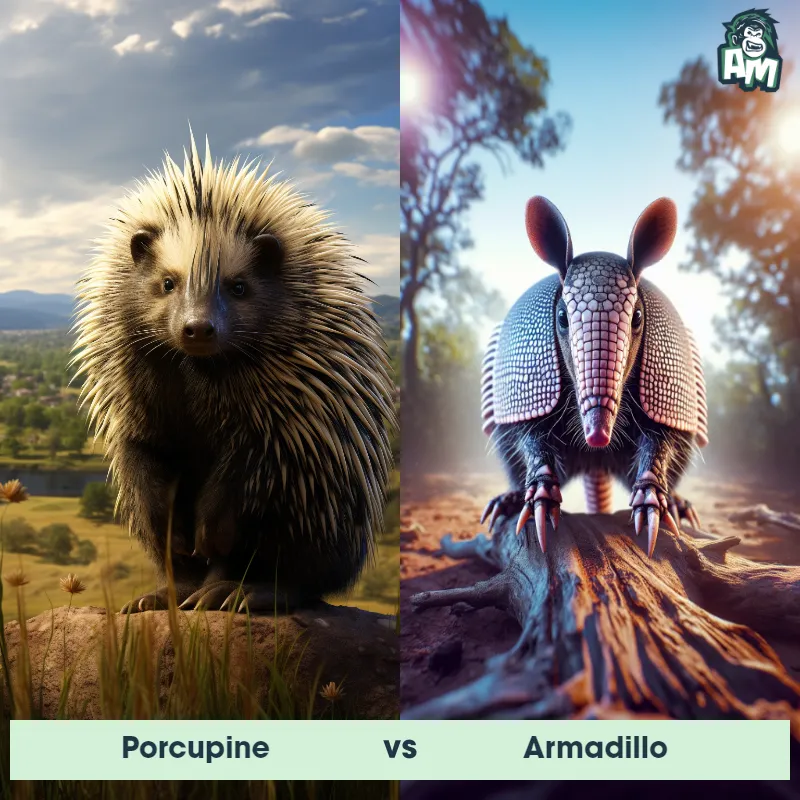Horse vs ArmadilloSee Who Wins

Ladies and gentlemen, welcome to this thrilling matchup between two fierce competitors in the animal kingdom! It's an intriguing clash of power and agility as a Horse takes on an Armadillo in the ultimate battle of the beasts. Grab your snacks and strap in for an unforgettable showdown!
Contender 1: Horse
The Horse is a large domesticated ungulate notable for its speed, strength, and endurance. With muscular bodies, long legs, and a well-defined neck, horses exhibit a wide variety of coat colors and distinctive markings. They possess a unique digestive system that allows them to survive on a diet mainly of grass. Known for their keen senses and high level of sociability, horses have been used for various purposes, including transportation, work, sport, and companionship, throughout human history.
![[object Object] Gif](https://tenor.com/view/horse-fight-viralhog-animal-brawl-animal-scuffle-gif-14740911035351561444.gif)
Fun Fact: Interestingly, horses use their ears, eyes, and nostrils to express their mood, making them one of the most expressive animals.
Contender 2: Armadillo
The Armadillo, also known as the "little armored one," is a unique mammal characterized by its bony, leathery armor-like shell that covers its body. These fascinating creatures have a stocky body with short legs and are typically around the size of a small dog, ranging from 5 to 59 inches in length. Their sharp claws enable them to dig burrows easily, and their long tongue is perfect for catching insects, their primary food source. They have poor eyesight but an excellent sense of smell, which they use to locate food.
Fun Fact: Armadillos have a fascinating reproductive strategy called polyembryony, where a single fertilized egg divides into identical embryos, resulting in the birth of multiple identical offspring. This unique process allows Armadillos to give birth to quadruplets or even higher numbers of identical young.
Matchup Stats
| Horse | Armadillo | |
|---|---|---|
| Size | 4.5 - 6 feet at the shoulder (1.4 - 1.8 meters) | 5-59 inches (12-150 cm) |
| Weight | 900 - 2200 pounds (410 - 1000 kilograms) | 6-119 pounds (3-54 kg) |
| Speed | 55mph (88km/h) | 30mph (48km/h) |
| Key Strength | Speed and powerful kicks | Sharp claws for digging and defense |
| Biggest Weakness | Lack of natural weapons (like claws or sharp teeth) | Poor eyesight |
Current Votes
Horse vs Armadillo
See Who Wins
View More Matches
Looking For More?
Similar Matches
Scientific Stats
| Horse | Armadillo | |
|---|---|---|
| Scientific Name | Equus ferus caballus | Dasypus |
| Family | Equidae | Dasypodidae |
| Habitat | Grasslands, Deserts, and Forests | Grasslands, forests, and deserts |
| Geography | Worldwide | Found in the Americas, primarily in South America, Central America, and the southern parts of North America |
| Diet | Herbivore (Primarily grass, hay, and grains) | Insects, small vertebrates, plant material |
| Lifespan | 25 years - 30 years | 10 years - 15 years |
Key Differences between Horse and Armadillo
- Tail: Horses have a long, flowing tail covered in hair, while Armadillos possess a relatively short, stubby tail.
- Limbs: Horses have long, slender legs ending in hooves, allowing them to run swiftly, while Armadillos have short, stout legs equipped with strong claws, ideal for burrowing.
- Body Shape: Horses have a rectangular body shape with a long and muscular neck, while Armadillos have a more oval-shaped body covered in armor-like plates.
- Note: These sentences provide a brief overview of the key differences in visual appearance between Horses and Armadillos. Further attributes and details may vary depending on the specific horse or armadillo species being referred to.
- Coat: Horses have a smooth and sleek coat of hair that can vary in color, including brown, black, white, etc., while Armadillos have a tough, scaly armor covering their body.
- Head Shape: Horses have a distinctive elongated head with a prominent muzzle, whereas Armadillos have a small, pointed snout.
- Size: A Horse is significantly larger than an Armadillo, with an average height at the shoulder between 4.7 and 6.7 feet, while an Armadillo usually measures around 12-24 inches in length.



